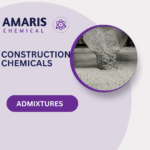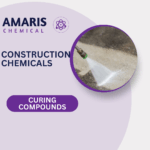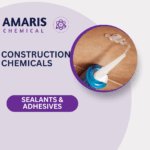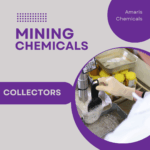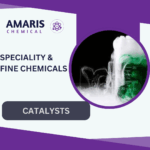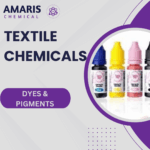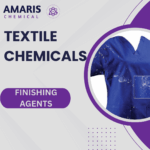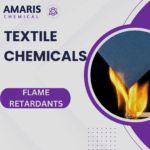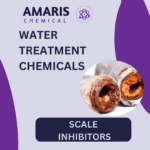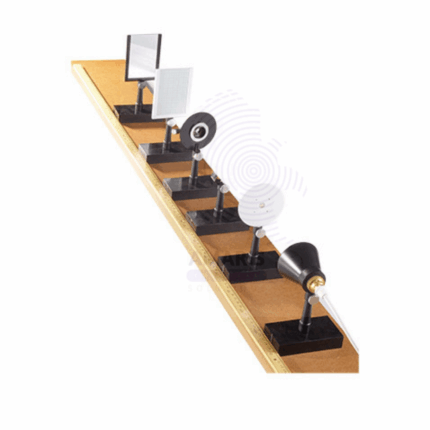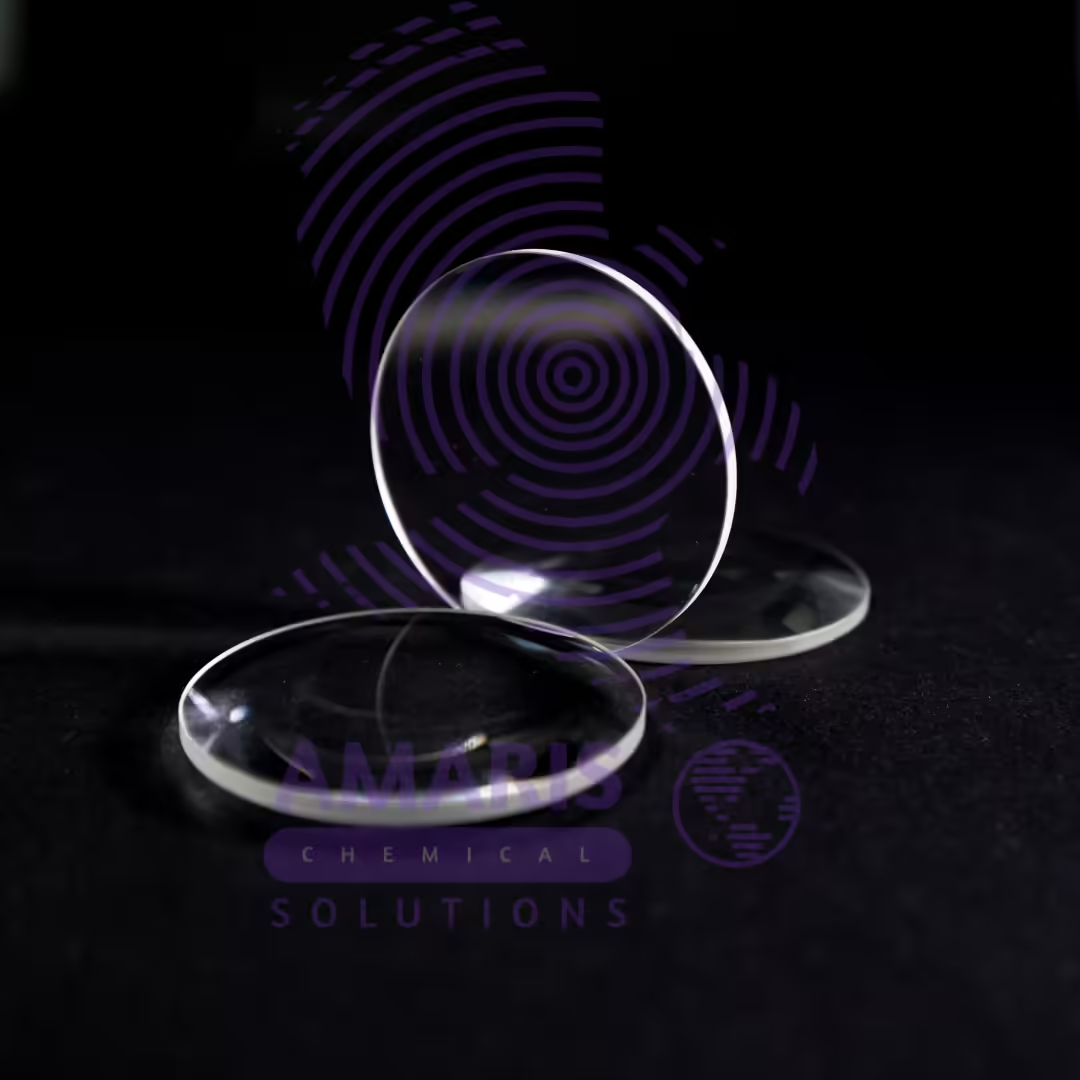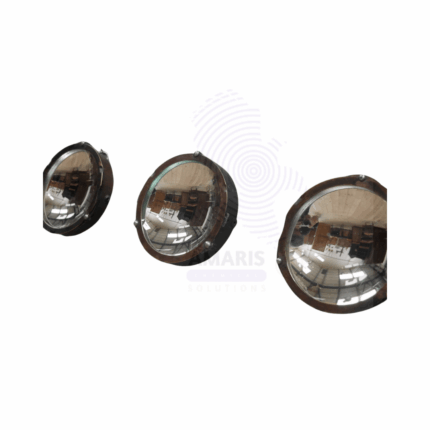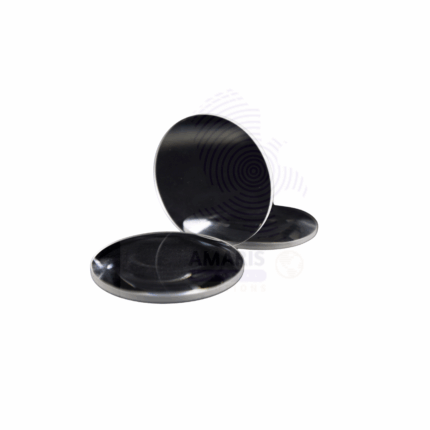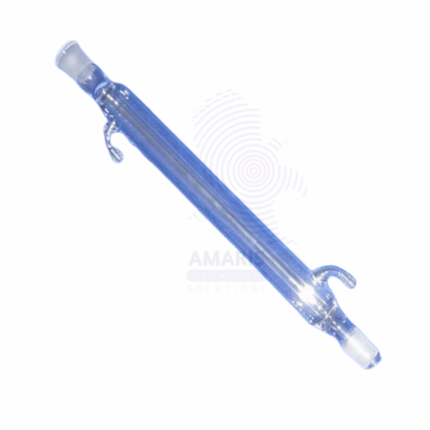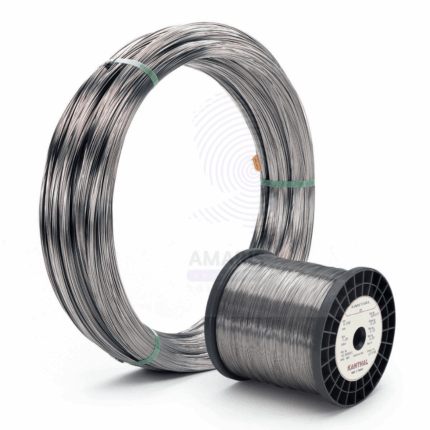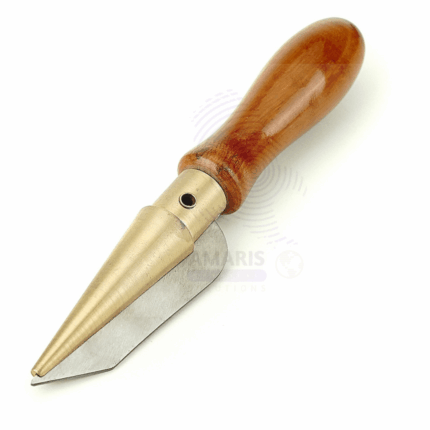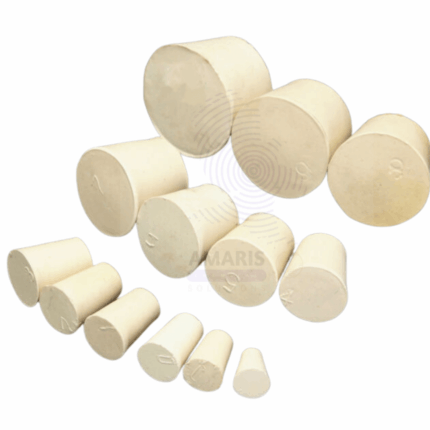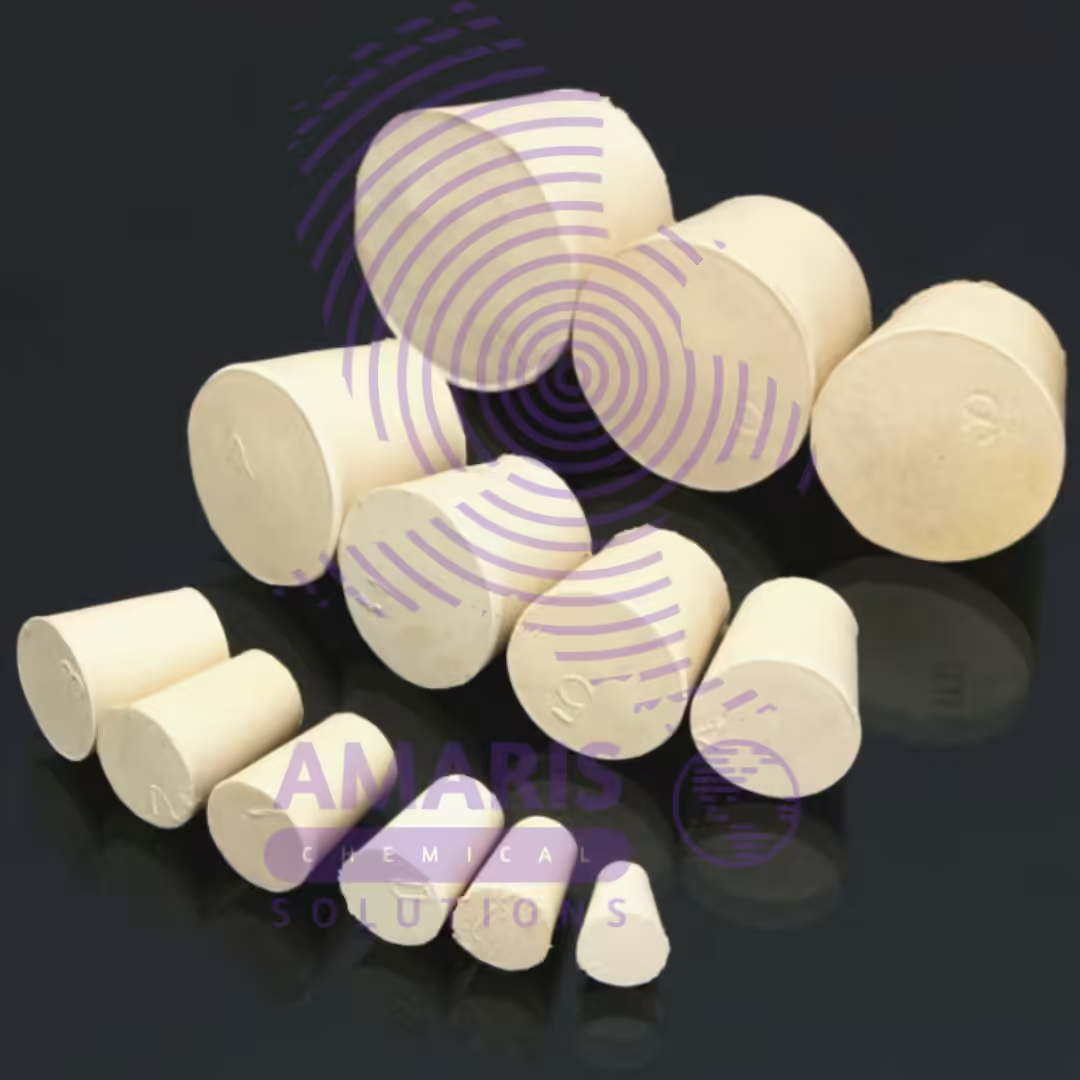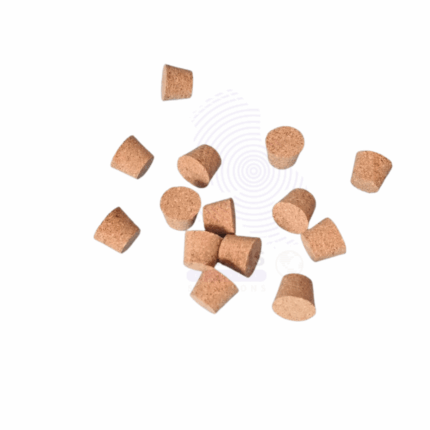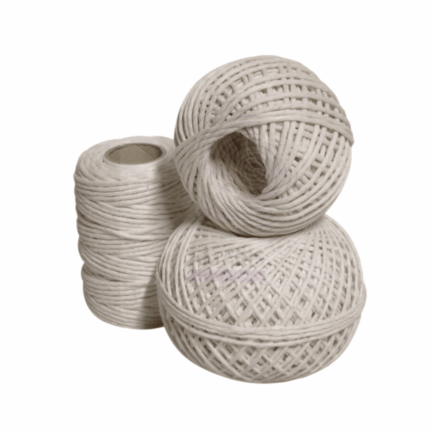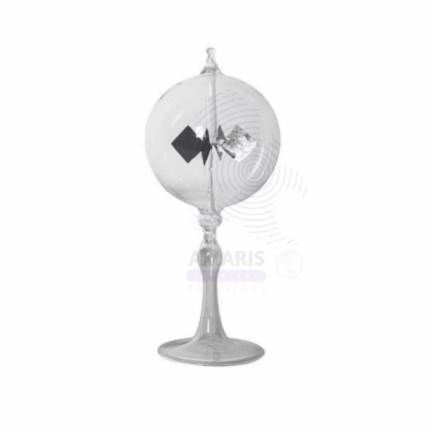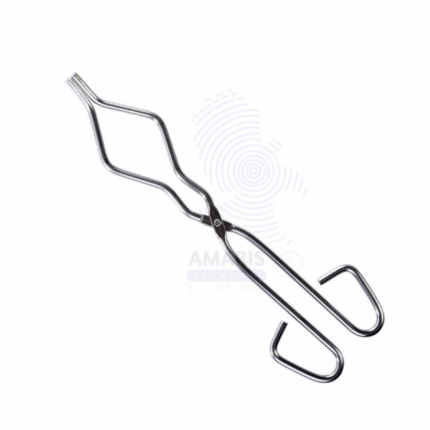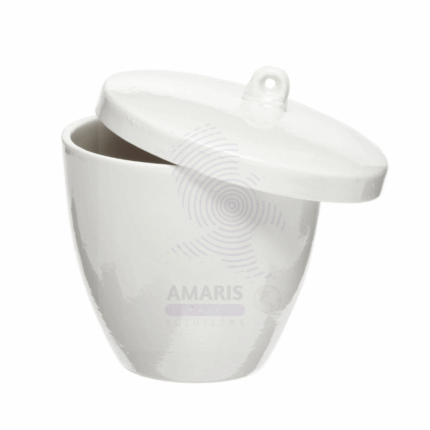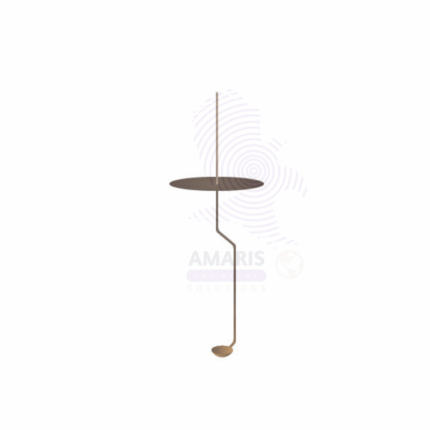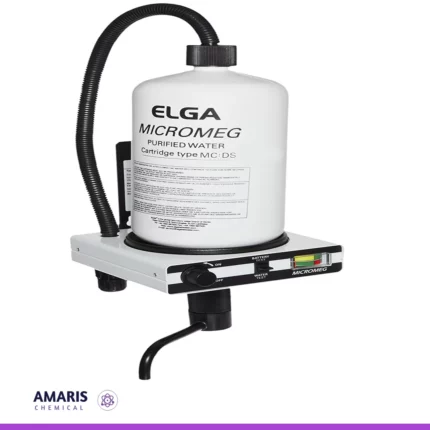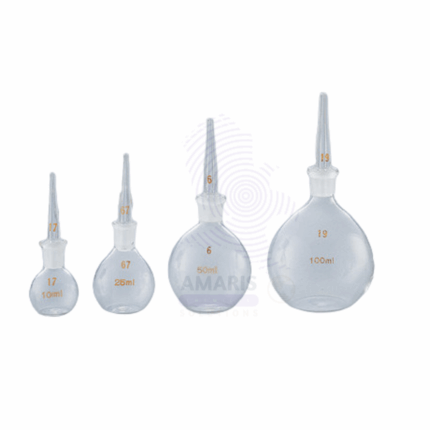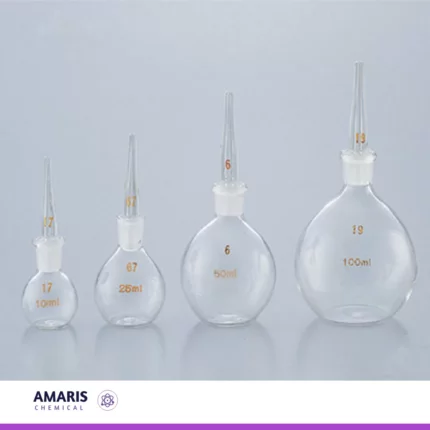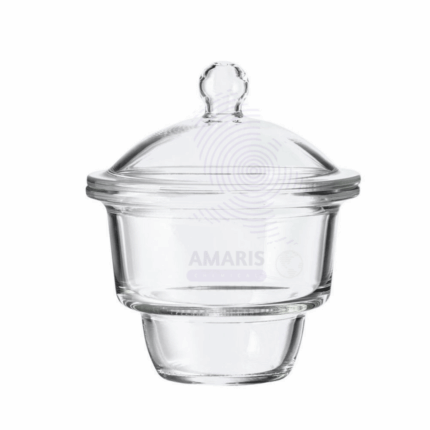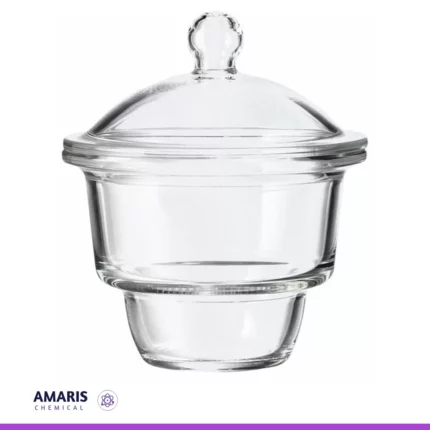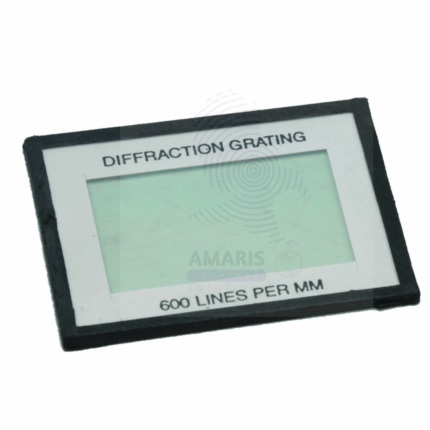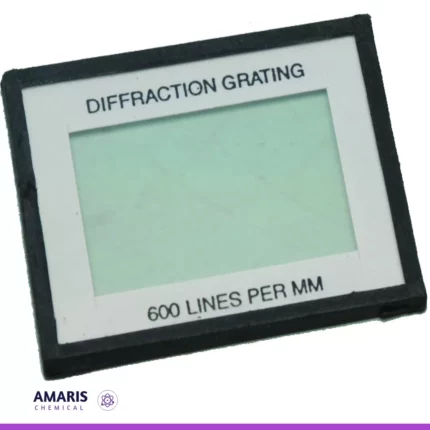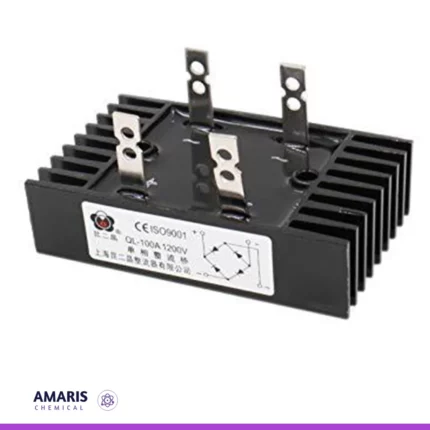Complete optical bench
An optical bench is a versatile piece of laboratory equipment used to perform various experiments and demonstrations related to optics. It typically consists of several components that can be assembled and adjusted to accommodate different setups. Here's a list of components that would complete an optical bench setup:
- Base: The foundation of the optical bench, usually made of sturdy material like metal or plastic. It provides stability to the entire setup.
- Uprights: Vertical rods attached to the base, used to support other components and provide height adjustment.
- Riders: Sliding mounts that move along the length of the bench, allowing precise positioning of optical elements.
- Optical Elements:
- Lenses: Convex, concave, and cylindrical lenses for studying refraction, focal length, and image formation.
- Mirrors: Flat, concave, and convex mirrors for reflection experiments.
- Prisms: Triangular or other geometric shapes used for dispersion, total internal reflection, and other optical phenomena.
- Filters: Colored or polarizing filters for altering the properties of light.
- Apertures: Small openings to control the size and shape of the light beam.
- Diffraction Gratings: Used for studying diffraction patterns.
- Beam Splitters: Devices that divide a light beam into two or more beams.
- Light Source: A stable and adjustable light source such as a lamp or a laser. It should provide a collimated beam of light for accurate experiments.
- Power Supply: If the light source requires electrical power, a compatible power supply unit should be included.
- Screen or Detector: A surface onto which light is projected or detected, such as a white screen, a photodetector, or a camera.
- Measurement Tools: Instruments like rulers, vernier calipers, or micrometers for precise measurements of distances and angles.
- Accessories:
- Lens Holders: Attachable mounts for securing lenses in place.
- Optical Breadboards: Additional platforms for supporting components, especially useful for more complex setups.
- Alignment Tools: Such as lasers or precision jigs for aligning optical elements accurately.
- Optical Instruments:
- Spectrometer: For measuring spectral lines and analyzing light sources.
- Interferometer: Used for studying interference patterns and testing optical components.
- Safety Equipment: Safety goggles or glasses to protect the eyes from intense light sources.
- Instruction Manual: Detailed instructions on how to assemble, align, and perform experiments with the optical bench.
Concave and convex lens
Convex lenses are thicker at the center and thinner at the edges, causing parallel light rays to converge towards a focal point, which allows them to produce real or virtual images depending on the object's distance. They are widely used in applications such as microscopes, cameras, and projectors for magnification and image projection. In contrast, concave lenses are thinner at the center and thicker at the edges, causing parallel light rays to diverge, resulting in virtual images that are always upright. They are commonly employed in glasses for nearsightedness, laser beam expanders, and optical instruments to correct aberrations. Together, concave and convex lenses play crucial roles in various optical experiments and applications, enhancing light manipulation and analysis in laboratory settings.
Concave mirrors
Concave mirrors are essential optical components, characterized by their inward curvature, ability to focus light, and versatile applications in various fields, from scientific research to everyday items. Their unique properties make them invaluable in any setting that requires precise light manipulation and image formation.
Condenser liebig
A Liebig condenser, named after its inventor, Justus von Liebig, is a type of laboratory glassware used in chemistry for the purpose of cooling and condensing vapors. It consists of an inner straight tube through which the vapor passes and an outer water jacket that surrounds the inner tube. Cold water is circulated through the outer jacket to cool down the vapor and facilitate its condensation into a liquid state. Liebig condensers are commonly used in distillation setups and other chemical processes where the separation and collection of volatile substances are required.
Condenser liebig
The Liebig condenser is a straight-tube condenser designed for cooling and condensing vapors during distillation or reflux processes in a laboratory. It consists of a long inner tube through which the vapor travels, surrounded by an outer jacket through which cold water flows. The cold water absorbs heat from the vapor, causing it to condense into liquid form, which can then be collected.
This condenser is known for its simplicity, efficiency, and versatility, making it widely used for basic distillations, organic reactions, and the purification of volatile substances.
conductivity rods
Conductivity rods, also known as conductivity probes or conductivity sensors, are instruments used to measure the ability of a solution to conduct electrical current. They are commonly used in various fields such as chemistry, environmental science, and water quality monitoring.
These rods typically consist of two electrodes that are immersed in the solution being tested. An electrical current is passed between these electrodes, and the conductivity of the solution is determined by measuring the resistance to the flow of current.
The conductivity of a solution depends on factors such as the concentration of ions present in the solution and the temperature. Therefore, conductivity rods often come with built-in temperature compensation to provide accurate readings over a range of temperatures.
Conductivity rods are valuable tools for assessing the purity of water, determining the concentration of dissolved salts or other substances in a solution, and monitoring the overall quality of aqueous solutions in various industrial processes. They are relatively simple to use and provide quick and reliable measurements, making them indispensable in many laboratory and field settings.
Conical flask
Conical flask, also known as an Erlenmeyer flask, is a type of laboratory glassware commonly used in chemistry laboratories for holding, mixing, and heating liquids. It has a conical shape with a flat bottom, a cylindrical neck, and a narrow opening. The conical shape allows for easy swirling and mixing of liquids without splashing, and the narrow neck minimizes evaporation and allows for the attachment of various laboratory apparatus such as stoppers, funnels, or tubing. Conical flasks are typically made of borosilicate glass, which is resistant to thermal shock and chemical corrosion. They come in various sizes, ranging from small volumes for experiments to larger sizes for industrial applications.
Conical Flask
Conical flask simax is a brand known for producing laboratory glassware, including conical flasks. Conical flasks, also known as Erlenmeyer flasks, are commonly used in laboratories for various purposes such as mixing, heating, or storing liquids. Their conical shape allows for easy swirling and mixing of liquids without much risk of splashing. They often come with volume markings to measure the quantity of liquids accurately. Simax conical flasks are popular due to their high-quality borosilicate glass construction, which makes them resistant to thermal shock and chemical corrosion, ensuring durability and reliability in laboratory settings.
Constantine wire
Constantine wire is an alloy made of approximately 55% copper and 45% nickel, known for its highly stable electrical resistance over a wide range of temperatures. This unique property makes it ideal for use in precision electrical instruments, particularly in thermocouples, resistors, and heating elements. Its ability to maintain consistent resistance despite temperature fluctuations makes it a valuable material in scientific experiments, calibration processes, and temperature measurement. Additionally, Constantine wire's durability and resistance to corrosion add to its suitability for various laboratory and industrial applications.
Contact key
A contact key is a specialized laboratory tool designed for microbial sampling. Typically composed of a sterile, flat surface (often made of plastic or glass), it allows for the direct collection of microorganisms from surfaces by pressing it against them. The key is coated with a nutrient agar medium that supports the growth of bacteria and fungi upon contact.
Cork borer set
A cork borer set is a laboratory tool typically consisting of a hollow, cylindrical metal tube with a sharpened, cylindrical cutting edge at one end and a handle at the other. It is used to bore holes or extract cylindrical samples from materials such as rubber, cork, plastic, or other soft substances in a precise and controlled manner. Cork borer sets come in various sizes, and they are commonly employed in scientific research, education, and various applications where precise, uniform samples or holes are needed.
Cork to fit boiling tube cork
To fit a cork into a boiling tube in a laboratory setting, you'll want to ensure a snug fit to prevent any leakage or contamination. Here's a simple guide to achieve that:
Select the right size cork:
Ensure that you have a cork that matches the diameter of your boiling tube. It should fit tightly but not so tight that it's difficult to insert or remove.
Prepare the cork:
If the cork is new, it might be stiff. To make it more pliable and easier to insert, you can soak it in warm water for a few minutes. This will make it more flexible and easier to work with.
Trim if necessary:
If the cork is too long for the boiling tube, you can trim it to size using a sharp knife. Make sure to cut it evenly to maintain a tight seal.
Test fit:
Before inserting the cork into the boiling tube, test its fit to ensure it's snug but not too tight. You want it to create a good seal without being difficult to insert or remove.
Insert the cork:
Once you're satisfied with the fit, carefully insert the cork into the boiling tube. Apply even pressure to ensure it goes in straight and doesn't get stuck.
Secure the cork:
If necessary, you can use a rubber band or laboratory tape to secure the cork in place and provide additional sealing.
Check for leaks:
After inserting the cork, visually inspect the seal to make sure there are no gaps or leaks. You can also perform a leak test by filling the boiling tube with water and observing for any signs of leakage.
Monitor during use:
While using the boiling tube, periodically check the cork to ensure it remains securely in place and continues to provide a tight seal. If you notice any signs of wear or deterioration, replace the cork as needed.
Cork to fit conical flask
Cork is a natural material often used to fit a conical flask as a stopper or closure. It is typically a cylindrical or tapered piece of cork that is inserted into the neck of the flask to seal it securely. This helps prevent the escape of gases or liquids and maintains a relatively airtight or liquid-tight seal, making it suitable for various laboratory and storage purposes. Cork stoppers are known for their resilience and ability to conform to the shape of the flask's neck, providing an effective seal.
Cork to fit conical flask
A cork stopper for a conical flask is a cylindrical piece made from natural cork, designed to fit snugly into the neck of the flask. It typically features a tapered shape, allowing for a secure seal that prevents evaporation and contamination of the flask's contents. The surface of the cork is often smooth, and it may have a slightly rough texture to enhance grip. Cork stoppers are lightweight yet durable, providing excellent chemical resistance and thermal insulation. Their renewable nature makes them an eco-friendly choice for laboratory applications, ensuring reliability in various experimental settings
Cork to fit test tube
Cork stoppers are a classic choice for sealing test tubes. They're typically made from the bark of cork oak trees, which is lightweight, flexible, and impermeable to liquids and gases. Cork stoppers come in various sizes to fit different test tube diameters snugly, ensuring a secure seal to prevent leaks or contamination. When inserting a cork stopper into a test tube, it's important to ensure a proper fit to maintain the integrity of the experiment or sample being contained.
Cotton twine
Cotton twine is a strong and durable cord or string made from cotton fibers. It is typically twisted or braided, providing a versatile and natural material for various applications, such as packaging, gardening, crafting, and cooking. Cotton twine is known for its softness, pliability, and ability to hold knots securely, making it useful in a wide range of tasks where a reliable and biodegradable cord is needed.
Cotton twine
Cotton twine is a strong, durable, and versatile natural fiber string made from 100% cotton. Known for its soft texture and flexibility, it is easy to handle and knots securely, making it ideal for a variety of applications. Available in different thicknesses and colors, cotton twine is commonly used in crafting, gardening, and baking, as well as for packaging and decorative purposes. Its biodegradable nature makes it an eco-friendly choice, suitable for both functional and artistic projects. Whether you're tying plants, wrapping gifts, or creating handmade crafts, cotton twine is a reliable and attractive option.
Crocodile clips
Crocodile clips, also known as alligator clips, are versatile electrical connectors featuring a spring-loaded, hinged jaw that resembles a crocodile’s mouth. Typically made of metal and often coated with an insulating material, these clips provide a secure grip on wires, terminals, or other conductive materials. They are designed to create temporary electrical connections in circuits, making them ideal for experiments, testing, and prototyping. Their ease of use and reliability make crocodile clips essential tools in laboratories, workshops, and educational settings, allowing for quick assembly and disassembly of electrical components.
crooks radiometer
The Crookes radiometer, also known as a light mill, is a fascinating scientific instrument that consists of a glass bulb containing a vacuum and a lightweight rotor mounted on a spindle. The rotor features a series of vanes, typically painted black on one side and white or reflective on the other. When exposed to light, particularly sunlight or a strong light source, the vanes spin, with the black side moving away from the light source and the white side moving toward it.
This seemingly paradoxical motion occurs due to the differential heating of the vanes: the black surface absorbs more light energy and heats up more than the white surface, creating a temperature difference that results in a pressure difference of the residual gas molecules within the vacuum. This causes the rotor to spin, demonstrating the conversion of light energy into mechanical energy. The Crookes radiometer serves as an engaging educational tool, illustrating fundamental concepts in physics, such as light absorption, thermal dynamics, and energy transfer.
Crucible tongs
Lab crucible tongs are a laboratory tool designed for safely handling small containers called crucibles, typically made of ceramic or metal, when they are hot. These tongs consist of two arms with curved, pointed tips that can be used to grip the crucible securely and maneuver it without direct contact, protecting the user from burns or other hazards associated with high-temperature materials.
Crucible Tongs
Crucible tongs are specialized laboratory tools designed for the safe handling of hot crucibles and other heated materials. Typically made from heat-resistant metal or alloys, they feature long handles that allow users to maintain a safe distance from high temperatures. The gripping end is often shaped with a curved or pointed design, ensuring a secure hold on crucibles or glassware while minimizing the risk of spills or burns.
These tongs are essential for tasks such as transferring crucibles to and from furnaces, removing hot glassware, and handling various types of heated containers in chemical and materials research. Their ergonomic design enhances precision and control, making them indispensable for laboratory safety and efficiency.
crucible with lid
A crucible with a lid is a small, heat-resistant container typically made of ceramic or metal, designed for high-temperature applications in laboratories. The lid serves to cover the crucible, minimizing heat loss, reducing the risk of contamination, and containing volatile substances during heating processes. Crucibles come in various sizes and shapes, often with a spout for easy pouring. They are essential for melting metals, conducting chemical reactions, ashing samples, and performing thermal analysis, providing a controlled environment for a range of experimental procedures. Their robust construction ensures durability and reliability in demanding laboratory settings.
Deflagrating Spoon
A deflagrating spoon is a laboratory utensil designed for heating small quantities of solids. Typically made of heat-resistant materials like metal, it features a shallow, bowl-like structure with a long handle. This design allows for safe handling and manipulation of reactive or flammable substances. The spoon is used primarily to conduct combustion reactions, melt solids, or carry out small-scale heating experiments while minimizing direct exposure to flames. Its ability to provide controlled heating makes it an essential tool in chemistry and materials science labs.
Digital Ph Meter
A digital pH meter is an electronic device used to measure the acidity or alkalinity of a solution. It typically consists of a probe that is immersed in the solution being tested, which contains a special electrode that generates a voltage proportional to the pH of the solution. This voltage is then converted into a digital readout on the device's display, giving the user an accurate measurement of the pH level.
Digital pH meters offer several advantages over traditional analog pH meters, including higher accuracy, ease of use, and often additional features such as automatic temperature compensation and data logging capabilities. They are commonly used in various fields such as chemistry, biology, environmental science, agriculture, and food processing, where precise pH measurement is crucial for quality control and research purposes.

















